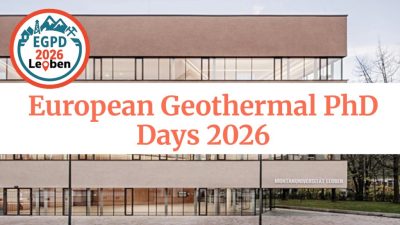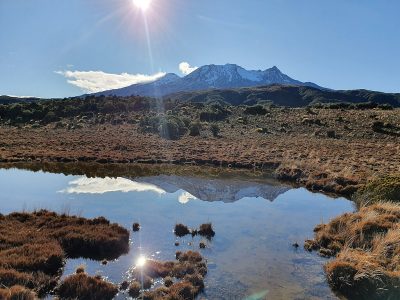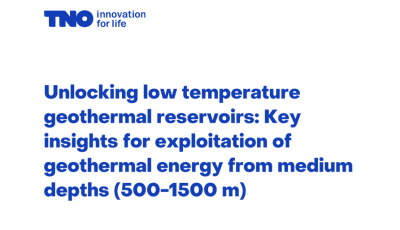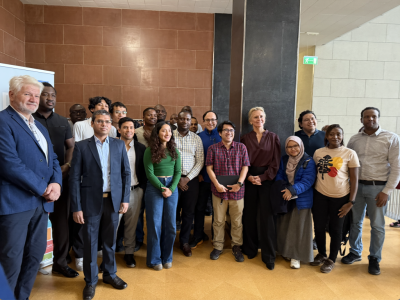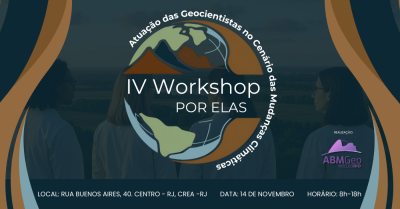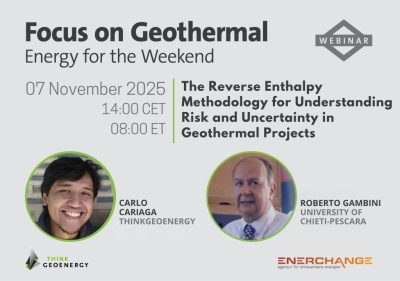Puesto de doctorado: cuantificación de la incertidumbre, geotermia de uso directo, TU Delft
TU Delft ha publicado este puesto abierto de doctorado: comprender y cuantificar la incertidumbre es crucial para el desarrollo de sistemas geotérmicos de uso directo.
La TU Delft, Facultad de Ingeniería Civil y Geociencias de los Países Bajos, ha compartido una posición abierta de doctorado sobre “Cuantificación de la incertidumbre para sistemas geotérmicos de uso directo”.
Información en inglés:
Understanding and quantifying uncertainty is crucial for the development of Direct Use Geothermal Systems (DUGS). Subsurface uncertainty remains even in extensively explored geological basins and is related to data, models and spatial properties. In DUGS uncertainty is present on three different levels: a) subsurface characterization, b) development scenarios and c) economic inputs. The data available for DUGS is usually based on previous exploration activities and is often more restricted than for hydrocarbon projects. Due to the lower value of hot water compared to hydrocarbons, the business case of DUGS is more challenging compared to oil and gas projects. This affects the funds available for exploration and additional data acquisition, increasing the uncertainty on the production scenarios and putting the economic viability of some projects at risk.
In this project you will work on determining the properties that are most important for uncertainty quantification and thus enable reliable model predictions and robust decisions in the development of DUGS. An outline of the project goals is as follows:
– Classifying and ranking the impact of subsurface, development and economic inputs on safety, energy generation, lifetime and economic output of DUGS using coupled Thermal-Hydraulic-Mechanical-Economic (THME) models and Distance-Based Global Sensitivity Analysis (DGSA)
– Distinguish and explain how the interplay between convection and conduction behaves across different scales: from laboratory-sample scale to full-field scale models.
– Characterizing and assessing the thermal response of heterogeneous reservoirs with different (N/G) and heterogeneity levels. This will allow the confident use of simplified models when their output matches facies-based or stochastic.
For full details and requirements see link below.
Fuente: TU Delft









